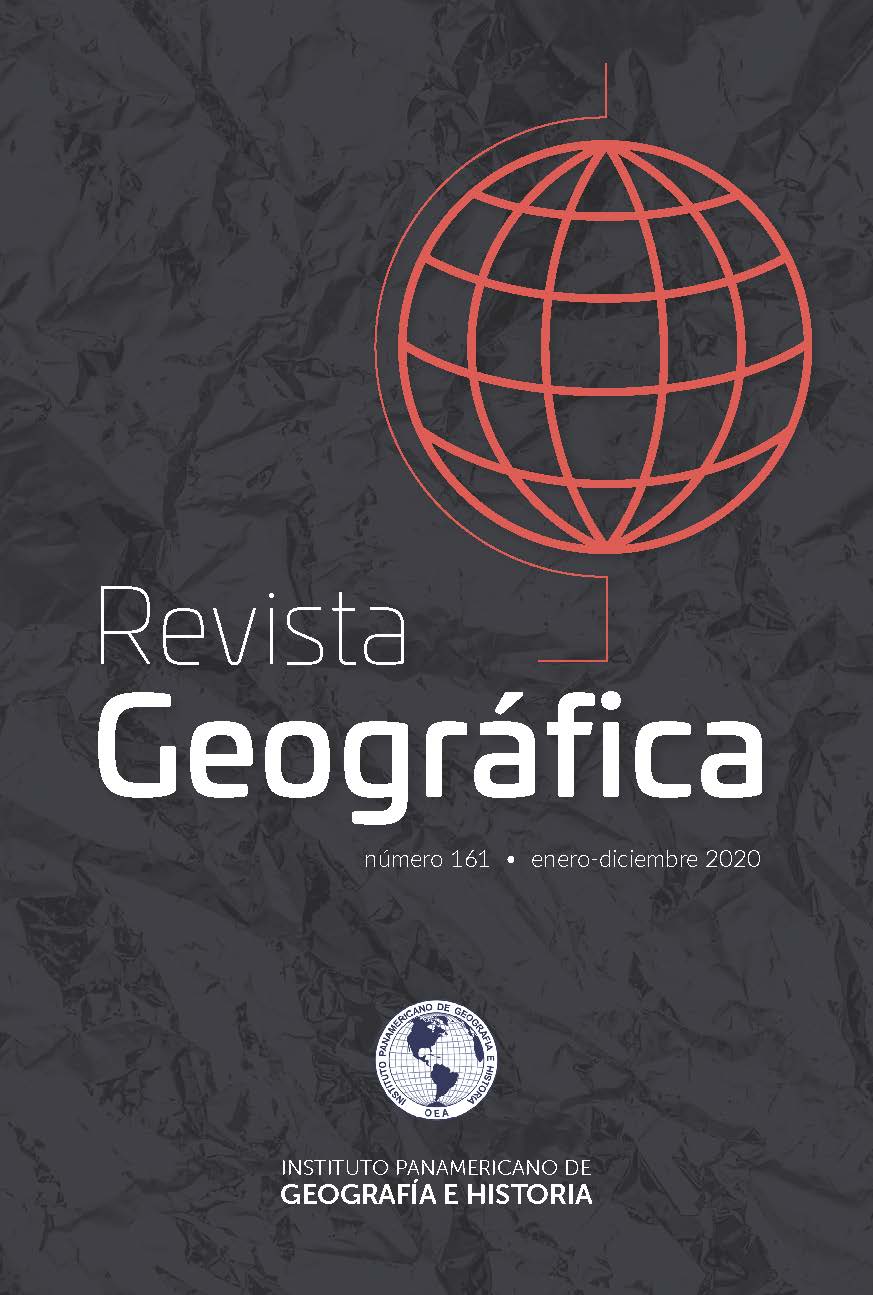Natural history of the savanna ecosystem of the General River Valley, Costa Rica
Main Article Content
Abstract
The savanna ecosystem covers an important surface worldwide with around 15 million km2 or 43% of the continental area. In Costa Rica, the largest expanse of savannas is found in the basin of Río General in southern Costa Rica. In this article we analyze the biophysical context, the paleoecological and paleoclimatic history, the pre-Columbian human settlement, the scientific exploration, and the effect of fire on the savanna ecosystem. These aspects have been poorly explored in the savannas of Costa Rica, an ecosystem whose origin and evolution is still not clear. An exhaustive review and analysis of the literature on the savannas of southern Costa Rica was carried out. A field campaign was carried out to verify the distribution of the ecosystem and explore its conservation status. Savannas develop over complex geological and geomorphological gradients. This ecosystem is threatened by different factors, mainly agricultural expansion, habitat fragmentation, and habitat loss. The origin of the savannas, whether they are natural or anthropic, continues to be controversial. What is clear is that it is a threatened ecosystem where more integrated efforts are necessary for its scientific and conservation use.
Downloads
Article Details
-
Abstract1907
-
PDF (Español)1222
